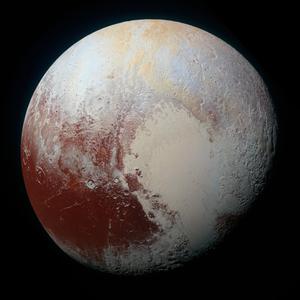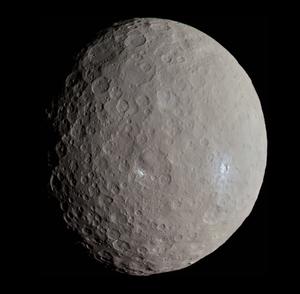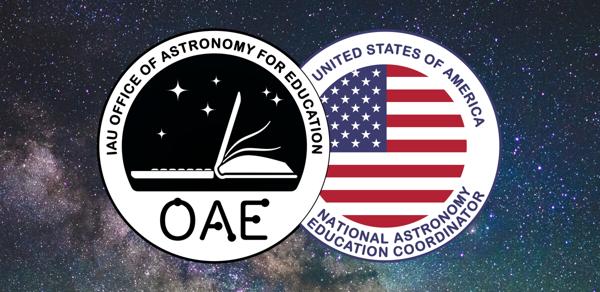Glossary term: 矮行星
Description: 矮行星是一种天体,具备以下特征:它围绕太阳运行,质量足够大,形成近似球形,但没有清除其轨道附近的其他物体,并且不是卫星。矮行星通常在类似天体密集的区域运行,例如小行星带和柯伊伯带。一般来说,矮行星比水星小,具有冰和岩石构成的结构。它们内部冰的含量与岩石的比例取决于它们在太阳系中的位置。冥王星是最著名的矮行星。需要注意的是,矮行星这个术语与已废弃的“微型行星”不应混淆。
Related Terms:
See this term in other languages
Term and definition status: The original definition of this term in English have been approved by a research astronomer and a teacher The translation of this term and its definition is still awaiting approval
The OAE Multilingual Glossary is a project of the IAU Office of Astronomy for Education (OAE) in collaboration with the IAU Office of Astronomy Outreach (OAO). The terms and definitions were chosen, written and reviewed by a collective effort from the OAE, the OAE Centers and Nodes, the OAE National Astronomy Education Coordinators (NAECs) and other volunteers. You can find a full list of credits here. All glossary terms and their definitions are released under a Creative Commons CC BY-4.0 license and should be credited to "IAU OAE".
If you notice a factual or translation error in this glossary term or definition then please get in touch.
Related Media
冥王星
Credit: 美国宇航局/约翰霍普金斯大学应用物理实验室/西南研究所 credit link
License: PD Public Domain icons
谷神星
Credit: NASA / JPL-Caltech / UCLA / MPS / DLR / IDA / Justin Cowart
License: CC-BY-2.0 Creative Commons Attribution 2.0 Generic icons










